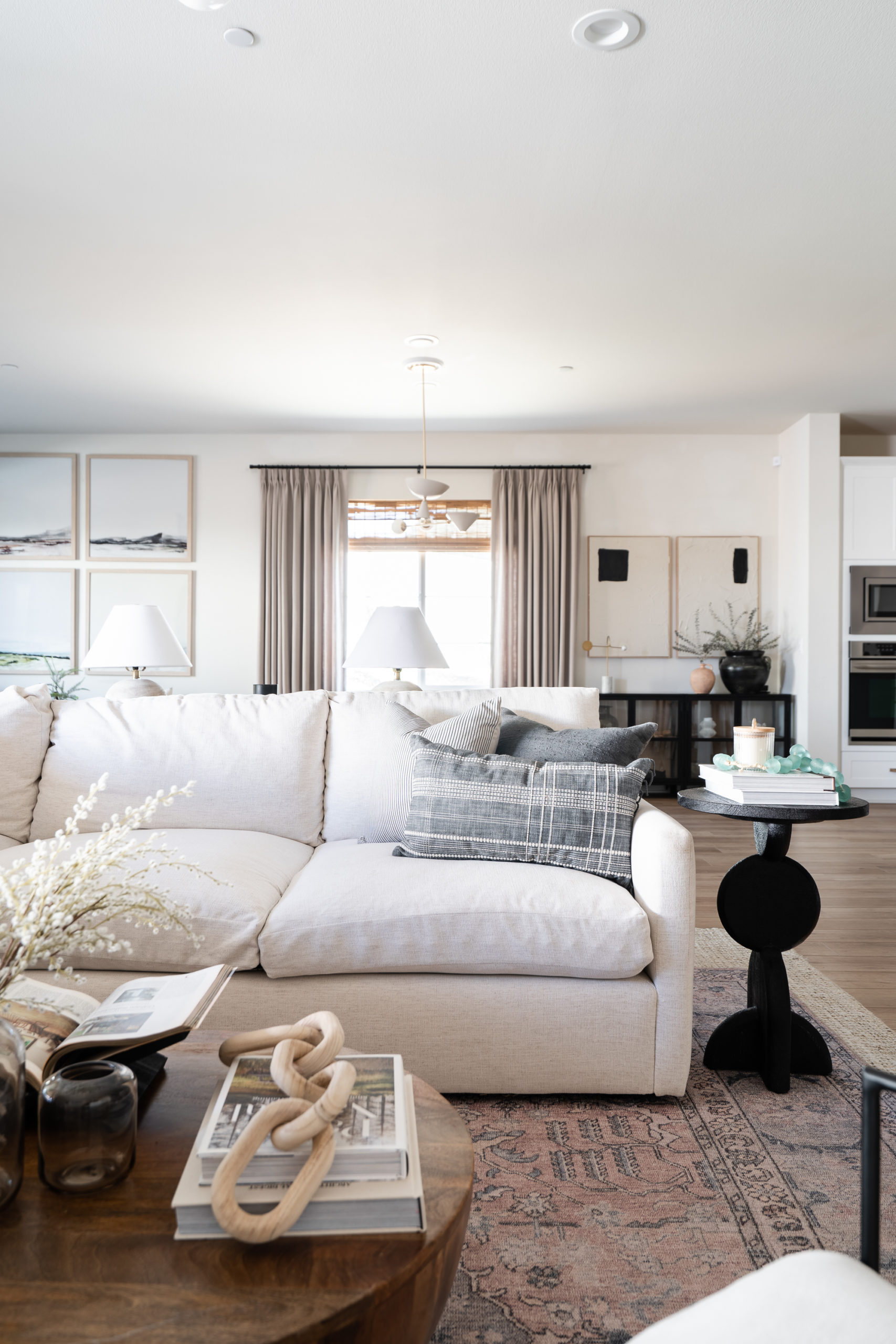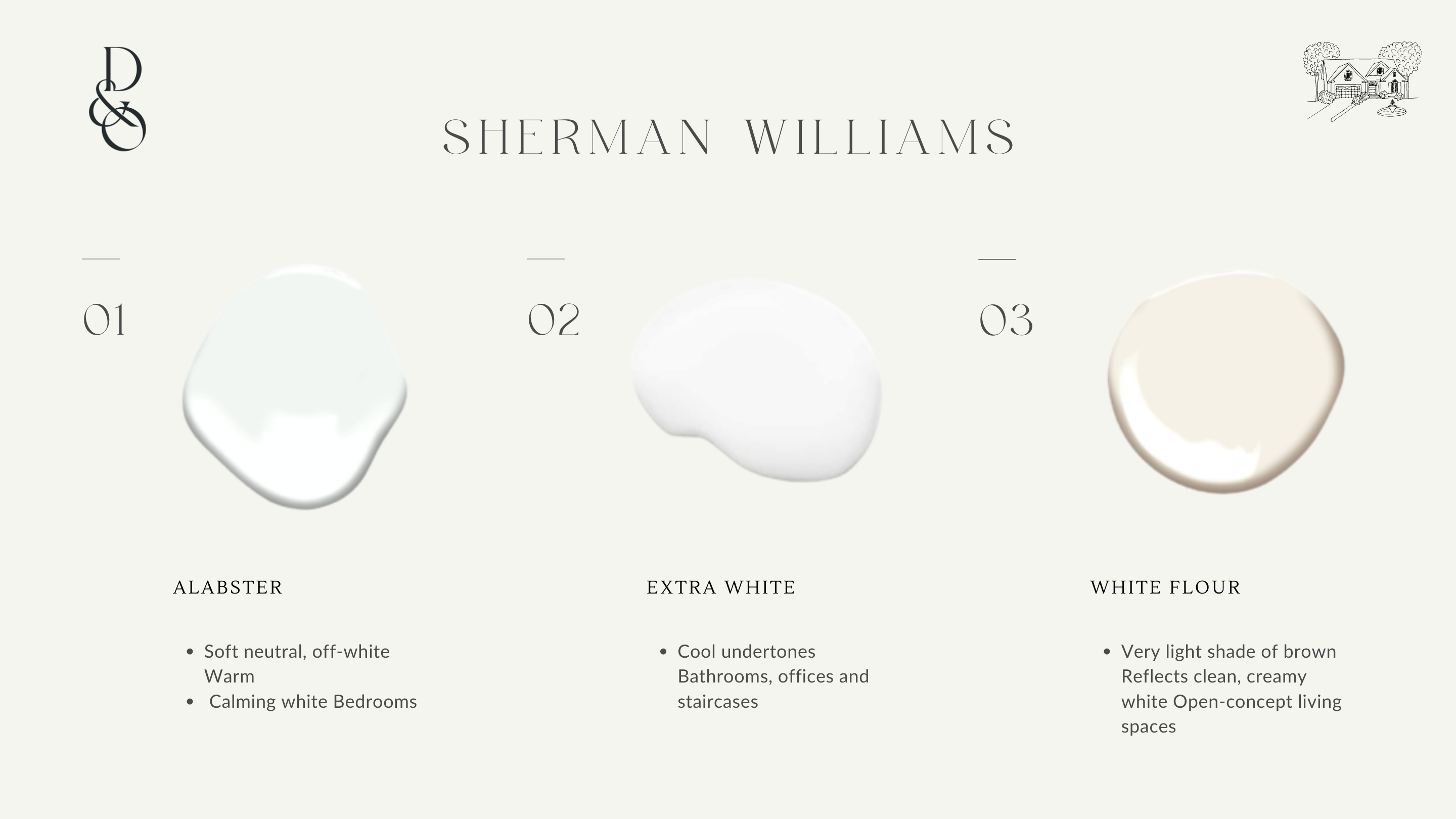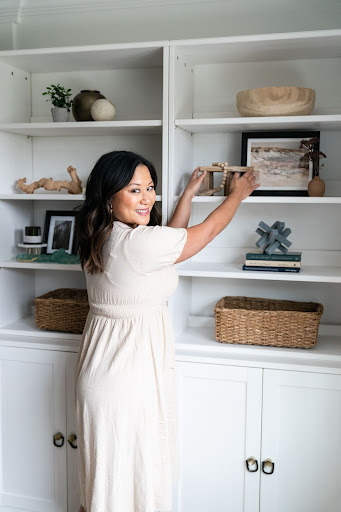I’m finally sharing the creative process I use daily when working for clients. I know that moving into a new space can be intimidating, but these tips will help you get a game plan in mind. Following these 8 steps will help you create your dream space in the least stressful way possible; let’s get started.
- Create a furnishings investment
- Create a mood board on Pinterest
- Create a floor plan for furniture layout
- Choose foundational pieces first
- Choose accent furniture and art than lighting
- Select window treatments
- Select your paint colors
- Layer your personal style into the decor once furnishings have arrived.
Step 1: Create A Furnishings Investment
Start by creating a spreadsheet where I input line items for each element of a project. I would also add in 16-19% of retail pricing for shipping costs. Typically I recommend overshooting for some extra costs that almost always happen along the way. Always overprepare and over budget for these kinds of projects. You don’t want to be put in a situation where you don’t get the desired results. If you are unsure where the price even starts, look here to start getting a rough estimate together.

Step 2: Create A Mood Board On Pinterest
What style, themes, and colors do you want in the room? Think about how you dress and what colors and styles of clothing you gravitate towards. The most-typically, this is also reflected in your home’s interior style! Creating a board is a great organization system that helps put all your ideas in one place and decide if you really like all your designs together.

Step 3: Create A Floor Plan For Furniture Layout
roomstyler.com is the first simple, user-friendly free option I found to create a floor plan. I use DesignFiles for clients, but this one is free and easy to use.
Did you know that the biggest part of an interior designer’s job is crunching measurements and numbers vs. fluffing cute pillows all day? YEP-the biggest question you want to ask yourself is… how do you want to USE THIS SPACE? How do you want it to function? Think about your lifestyle, the age of family members, pets, and the flow of the space when you arrive home to what you do in the mornings, daytime, and evenings.
There’s a lot to teach when it comes to scale and proportion, which will take me forever to tell you in one Instagram post, but my best advice to you is to make sure you use blue painters tape and measure everything out on the floor or walls before making major commitments/purchases.

Step 4: Choose Foundational Pieces First
It’s almost as if you are sourcing from the largest pieces to the smallest pieces, in that order… more or less. You’ll want to select your sofa/sectional, rug, coffee table/ottoman for a living room first. Then, your accent pieces, such as side tables, accent chairs, art, and lighting last. For a bedroom, you’ll want to source a bed first, then nightstands, and a rug. A great rule of thumb is always thinking about the most used pieces; they are inevitably more important in a space for it to flow properly.

Step 5: Choose Accent Furniture, Art & Lighting
I think of the scene in the movie Titanic where Leonardo is at his first fancy dinner and asked which forks to use first.. and he was told.. “work from the outside in.” This applies to furnishings-largest foundational pieces first, and then you work on the accent side tables, chairs, lighting, and pillows based on the larger foundational pieces. Get my drift?
Do not skimp on lighting-I will save that for another day, but it’s the diamond necklace of the home. Doesn’t a diamond necklace always top off a beautiful outfit?

Step 6: Select Window Treatments
You can’t select window treatments until you have mostly all the selected pieces for your home. The four benefits of using window treatments are privacy, light control, UV protection, and energy efficiency. But from an aesthetic point of view, they add layers of coziness and make a space feel finished. Not every window needs them-so, that would be determined on a case-by-case basis. However, in my opinion, they are the cherry on top of any design.

Step 7: Select Your Paint Colors
The biggest design mistake people make is painting first before knowing what furniture they are keeping or how the paint reflects off the furniture they are putting in the space. When you see a designer-elevated room on Instagram, it feels put together because the paint pulled everything together once the furnishings have been decided upon. Wait until you move in, decide on what pieces you are keeping or buying, then paint. Paint is also a lot easier to change than furniture, which is why it’s later down on the list.

Step 8: Layer Your Personal Style Into The Decor Once Furnishings Have Arrived
Use this as an opportunity to add your own personal elements from your travels, photos of your family, and things that mean something to you. Does it spark joy? Does it make you happy? If not, then donate it. It’s okay to switch out your design pieces. You change, and so does your style. You can add little things to your home as you evolve and make it still look good.

Those are all the creative design tips that I live by and are my personal strategies when attacking a new design project. I know there is a lot to consider, so always have a plan in mind, and you will get your dream results. Let me know in the comments if this post was helpful to you!